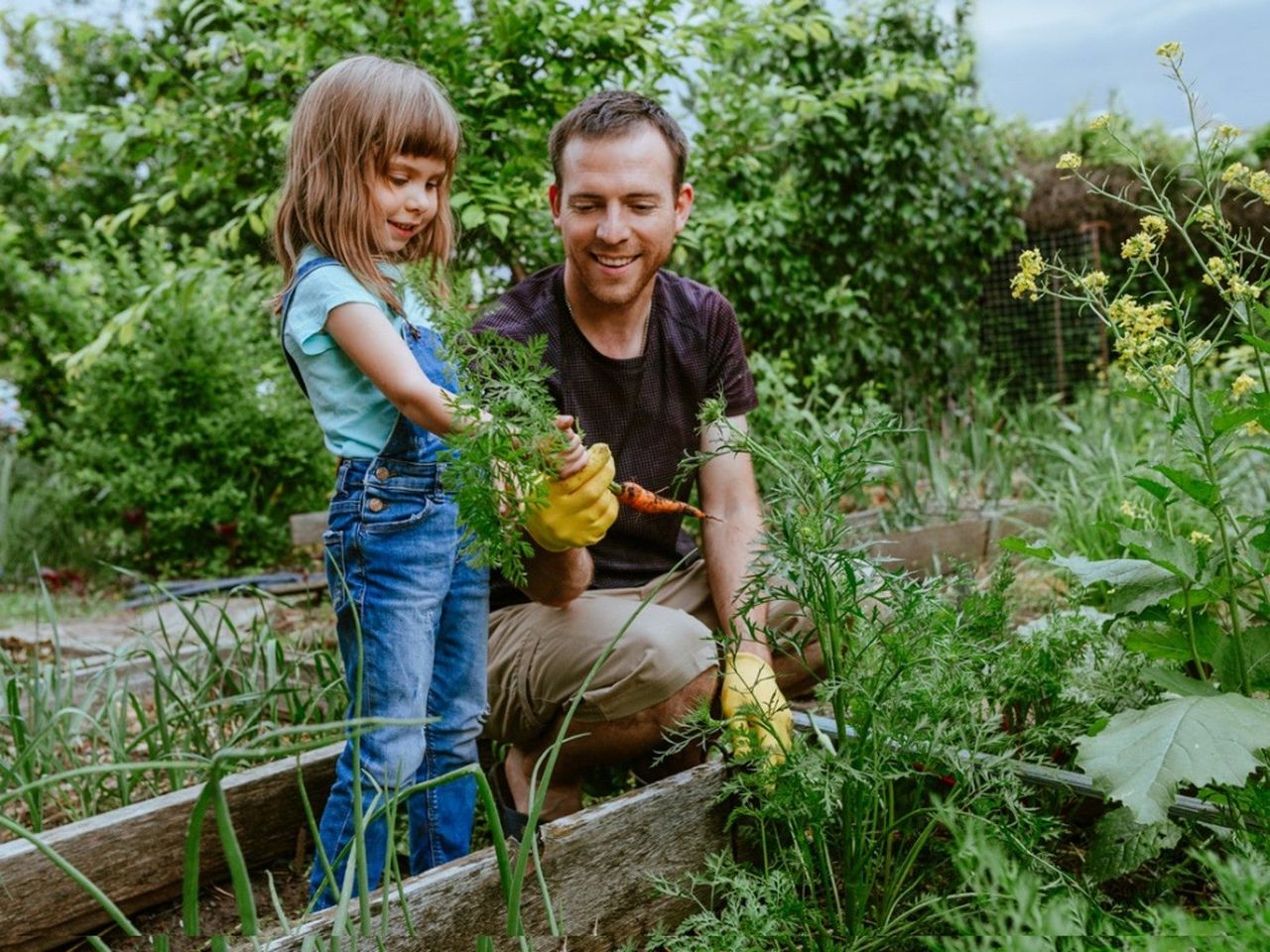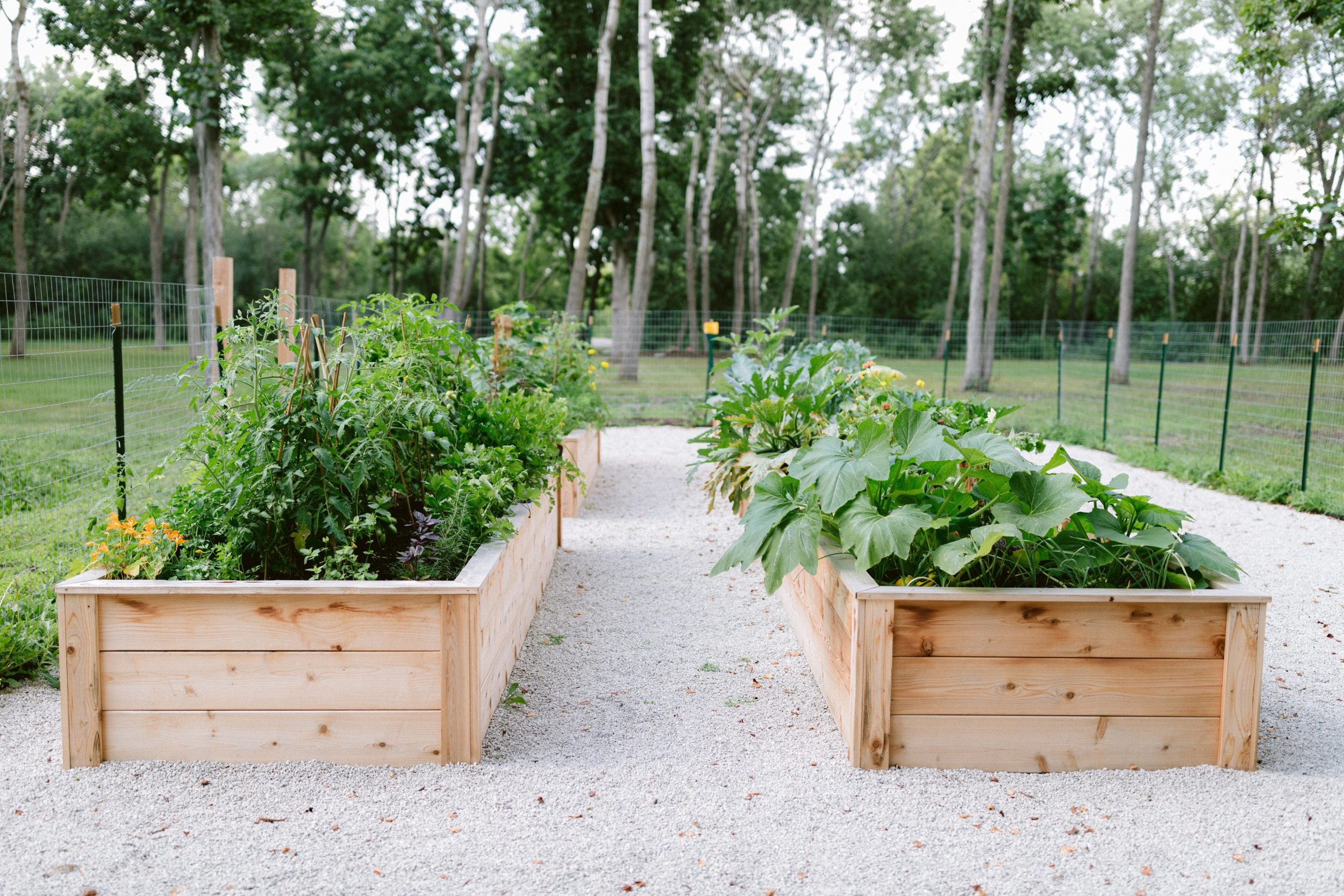Challenges and Solutions for Homestead Gardening
Reveal the Keys to Producing a Effective and stunning Horticulture Room
Developing a productive and stunning horticulture room is not just an issue of planting blossoms and vegetables; it requires a critical strategy that includes different critical components. From choosing the right place based on sunlight and soil type to thoughtfully making your layout and picking appropriate plants, each decision plays an essential duty in the success of your yard.
Selecting the Right Place
Selecting the suitable area for your yard is critical to its success and overall aesthetic charm. The initial step in this procedure involves assessing sunlight exposure, as the majority of plants call for at least 6 hours of straight sunshine daily (Homestead Gardening). A south-facing garden typically obtains one of the most light, while shaded locations can hamper growth and blooming
Furthermore, think about soil top quality and water drainage. Well-draining soil is important to protect against water logged roots, which can bring about plant diseases. Performing a dirt test can supply beneficial details pertaining to pH levels and vitamins and mineral content, allowing you to change the dirt accordingly.
Moreover, proximity to water resources is another factor to weigh - Homestead Gardening. Having easy accessibility to a hose or irrigation system can streamline the watering process and urge consistent plant care. Wind security is also essential; placing your yard near structures, such as walls or fences, can protect it from extreme winds that might damage delicate plants
Finally, consider accessibility for upkeep and harvesting. A well-placed garden enables hassle-free gain access to, making sure that you can conveniently tend to your plants without triggering excessive stress and anxiety or disturbance. Thoughtful area option lays the structure for a growing yard.
Choosing Plants Wisely
When choosing plants for your garden, it's vital to think about variables such as environment, dirt problems, and individual preferences to ensure a efficient and unified space. A complete understanding of your neighborhood climate will assist you in choosing plants that flourish in your particular atmosphere. For example, selecting drought-resistant varieties is advantageous in dry areas, while moisture-loving types may be better suited for locations with high rainfall.
Dirt conditions are just as essential; carrying out a dirt examination can expose pH degrees and nutrition material, enabling you to choose plants that will certainly thrive. Indigenous plants are typically an outstanding choice, as they are typically well-adapted to neighborhood dirt types and require less upkeep.
In addition, consider your gardening objectives. Are you aiming for an ornamental display screen, a veggie yard, or maybe a combination of both? This will certainly influence your options substantially. Last but not least, mirror on your personal choices-- choosing plants that resonate with your visual tastes will certainly enhance your satisfaction and dedication to maintaining your yard. By carefully reviewing these elements, you can produce a growing and diverse plant choice that raises your horticulture experience.
Creating Your Yard Format
With a thoughtfully picked plant option in hand, the next step is to develop a garden layout that maximizes both charm and capability. Begin by analyzing the available space, thinking about variables such as sunlight, wind, and shade patterns. A well-planned format must include numerous zones, consisting of areas for planting, pathways, and possibly seating.
Begin with larger plants or prime focus, such as trees or high perennials, put purposefully to develop aesthetic rate of interest. Layer smaller plants in front to improve depth and structure. Think about the development behaviors of your picked plants; taller selections must be positioned at the back or center of beds, while much shorter ones can imp source line the sides.
Integrating pathways not only helps with access for upkeep however likewise invites expedition. Usage materials that complement the yard's general aesthetic, whether wood, gravel, or rock chips.
Furthermore, believe concerning seasonal changes and just how your design will look throughout the year. Including evergreens alongside seasonal click here now flowers can ensure year-round beauty. Inevitably, a properly designed yard layout balances the natural appeal of plants with useful considerations, leading to a space that is both inviting and productive.
Enhancing Dirt Health

To enhance soil health and wellness, begin by performing a dirt test to evaluate pH degrees, nutrient material, and soil structure. Incorporate natural matter such as garden compost, well-rotted manure, or fallen leave mold to improve dirt structure, water retention, and microbial task.
Mulching is an additional reliable method; it not just preserves dampness but also subdues weeds and gradually enhances the his comment is here soil as it breaks down. Preventing extreme husbandry is crucial, as it can interrupt soil structure and harm helpful microorganisms. Rather, embrace no-till or very little tillage methods to preserve soil integrity.

Keeping Your Yard Properly
A well-kept yard gives pride and productivity, requiring constant focus to make sure that plants grow and the landscape continues to be welcoming. Reliable yard maintenance includes a number of key practices that enhance the wellness of your plants and the total visual of your space.
Routine watering is vital; nevertheless, it is necessary to tailor your watering timetable based upon the particular needs of your plants and neighborhood environment problems. Mulching can assist retain dampness, subdue weeds, and control soil temperature level. In addition, timely weeding avoids competitors for nutrients and sources, making certain that your plants flourish.
Trimming is an additional crucial job. It encourages healthy and balanced development, eliminates dead or diseased branches, and shapes plants to maintain an appealing framework. Additionally, monitoring for bugs and conditions is crucial; early detection and treatment can conserve your plants from considerable damages.
Fertilization must be implemented thoughtfully, using natural options whenever possible to advertise long-term soil wellness. Seasonal tasks such as growing, splitting perennials, and preparing for winter season will certainly guarantee your garden continues to be dynamic year-round. By adhering to these practices vigilantly, you can grow a yard that is both productive and attractive.
Conclusion
Finally, the creation of a effective and beautiful horticulture room requires careful consideration of a number of crucial elements. Selecting a suitable place with appropriate sunshine, selecting appropriate plants, creating a cosmetically pleasing design, improving dirt health and wellness, and making certain normal maintenance are important elements. By integrating these practices, one can cultivate a prospering garden that not only enhances the landscape yet also promotes ecological equilibrium and sustainability. Such a strategy inevitably results in a gratifying gardening experience.
From choosing the right place based on sunlight and dirt type to attentively developing your layout and picking appropriate plants, each decision plays a crucial duty in the success of your yard. Well-draining soil is essential to stop waterlogged roots, which can lead to plant conditions.When selecting plants for your garden, it's necessary to consider aspects such as climate, dirt conditions, and individual choices to ensure a harmonious and productive room. Ultimately, a properly designed garden design balances the all-natural beauty of plants with sensible considerations, resulting in an area that is both inviting and efficient.
